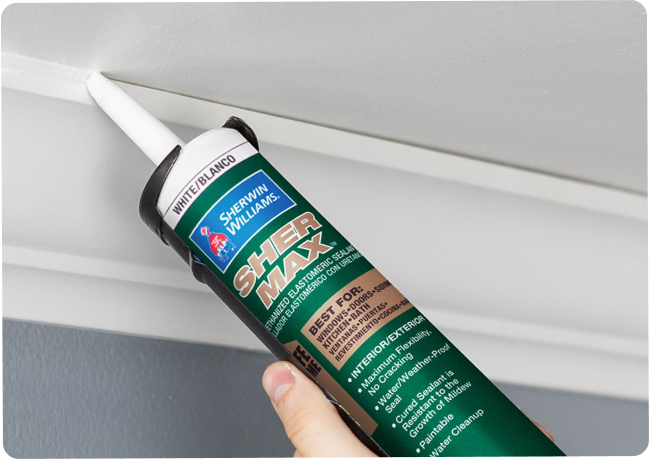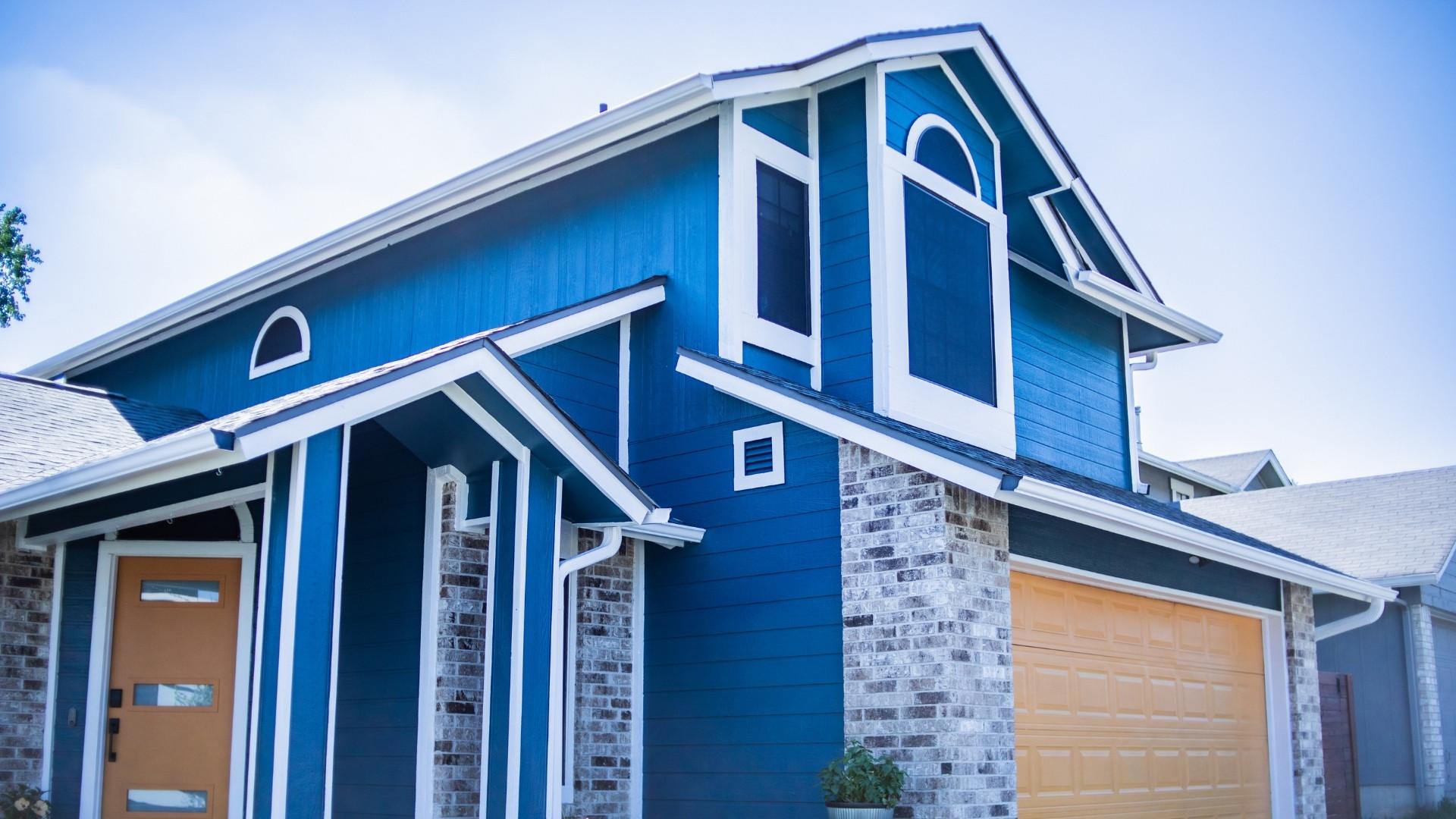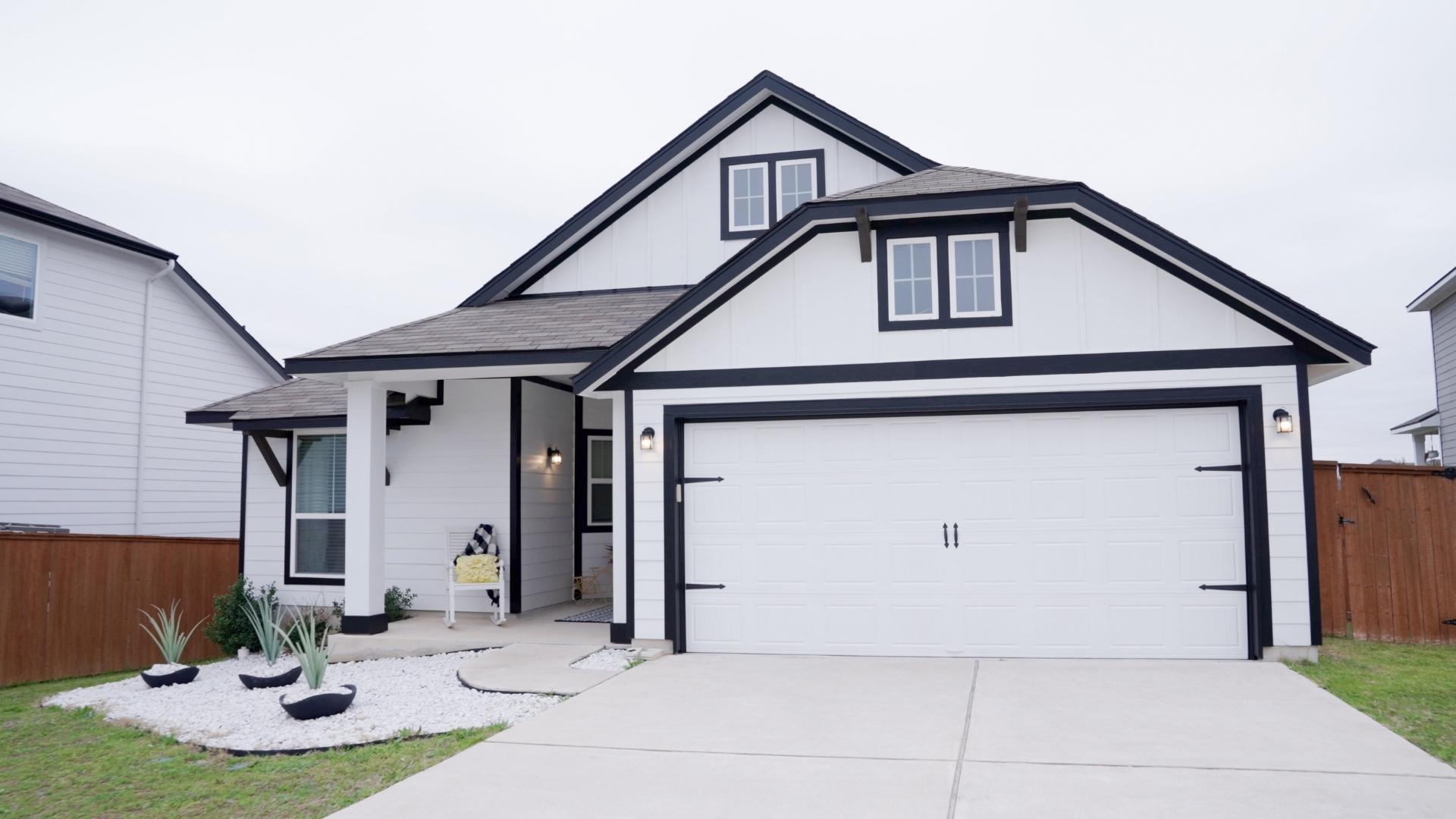What types of caulk work best for our regional climate extremes?
With hot, humid summers and occasional winter freezes, flexible and durable exterior caulks that handle expansion and contraction are crucial. Acrylic latex works well for easy paintability on interior walls and trims. Discuss your home’s needs to customize the ideal caulking solutions.
How does caulk differ from general sealant?
While both seal openings, caulk offers superior adhesion for small cracks but may shrink over time. In contrast, sealants boast extreme flexibility and waterproofing but may not take paint well. We’ll suggest the best product for every caulking project.
Why is caulking important for local Tallahassee & South Georgia homes?
Facing heavy rains, thunderstorms, hurricane threats, seasonal shifts, and humidity, homes here need exceptional sealing against moisture and elements that gradually undermine structural integrity. Solid caulking also boosts energy efficiency, deters pests, and promotes healthier indoor air.
What pests can caulking help prevent?
Careful caulking closes off tiny access points in foundations, exterior walls, rooflines, and structures. This denies entry to nuisance critters like palmetto bugs, lizards, snakes, rodents, and more. Sealing those gaps enables cleaner, more comfortable living environments.
How often does exterior caulking need replacing?
Every 2-5 years, exterior caulking should be examined and redone if cracks or shrinkage occur. This maintains durable weatherproofing. We offer maintenance plans to ensure your home’s caulking lasts longer.










